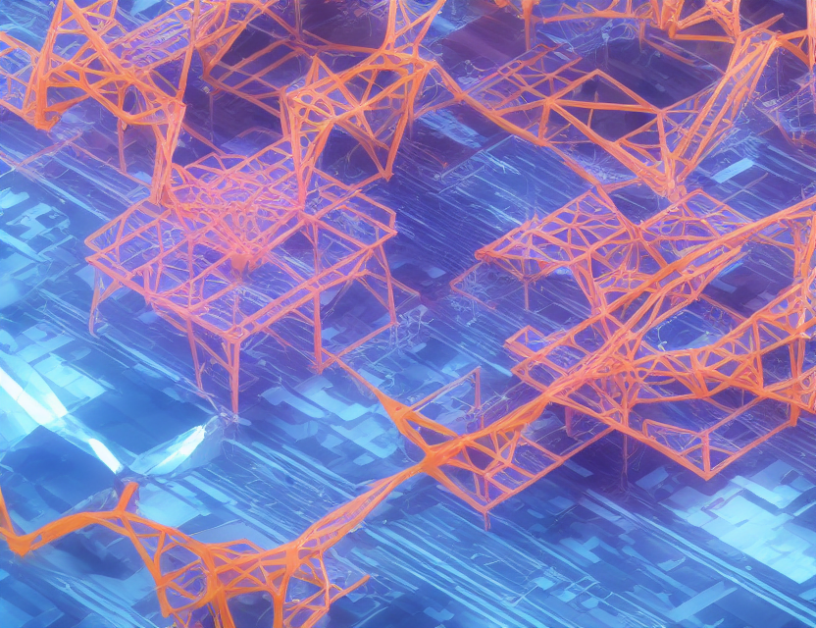In recent years, there has been a growing interest in graph learning, which involves extracting and summarizing information from graphs to solve various machine learning tasks. Graphs are everywhere, representing relationships or interactions between entities, and graph learning offers a powerful tool for leveraging this structure to improve the accuracy of machine learning models. This review article provides a comprehensive overview of the current state-of-the-art in graph learning, highlighting key techniques, applications, and challenges in the field.
Graph Representation Learning
The core challenge in graph learning is representing a graph in a low-dimensional space while preserving its structural information. This requires developing algorithms that can effectively capture the relationships between nodes and the structure of the graph as a whole. Some popular approaches to graph representation learning include spectral methods, graph neural networks (GNNs), and attention-based methods.
Spectral methods rely on eigenvectors of graph matrices to represent graphs in a lower-dimensional space. These methods are efficient but may not capture complex structural information. GNNs, on the other hand, learn representations by aggregating features from neighboring nodes, allowing them to capture more complex relationships between nodes. Attention-based methods use learned attention weights to focus on specific parts of the graph, enabling the model to selectively attend to relevant nodes and edges.
Applications
Graph learning has a wide range of applications across various domains, including social network analysis, recommendation systems, natural language processing, and computer vision. In social network analysis, graphs can be used to represent relationships between individuals, allowing for the identification of influential individuals or communities. In recommendation systems, graphs can be used to model user interactions, enabling more accurate recommendation generation. In natural language processing, graphs can be used to represent sentences or documents, improving tasks such as text classification and sentiment analysis. Finally, in computer vision, graphs can be used to represent objects or scenes, allowing for object recognition and scene understanding.
Challenges
Despite the growing interest in graph learning, there are still several challenges that must be addressed. One of the main challenges is the scalability of existing methods, which can be computationally expensive and may not be feasible for large graphs. Another challenge is the interpretability of learned representations, which can be difficult to understand and may lack transparency. Finally, there is a need for more diverse and robust evaluation metrics, which can accurately assess the performance of graph learning models.
Conclusion
In conclusion, graph learning is a rapidly growing field that offers a powerful tool for leveraging graph structure in machine learning tasks. By developing effective representation learning methods, graph learning has the potential to improve the accuracy and efficiency of various applications across multiple domains. While there are still challenges that must be addressed, the future of graph learning looks bright, with new techniques and applications emerging every year. As the field continues to evolve, we can expect to see more sophisticated models and algorithms that can effectively capture the structure and relationships present in graphs.



